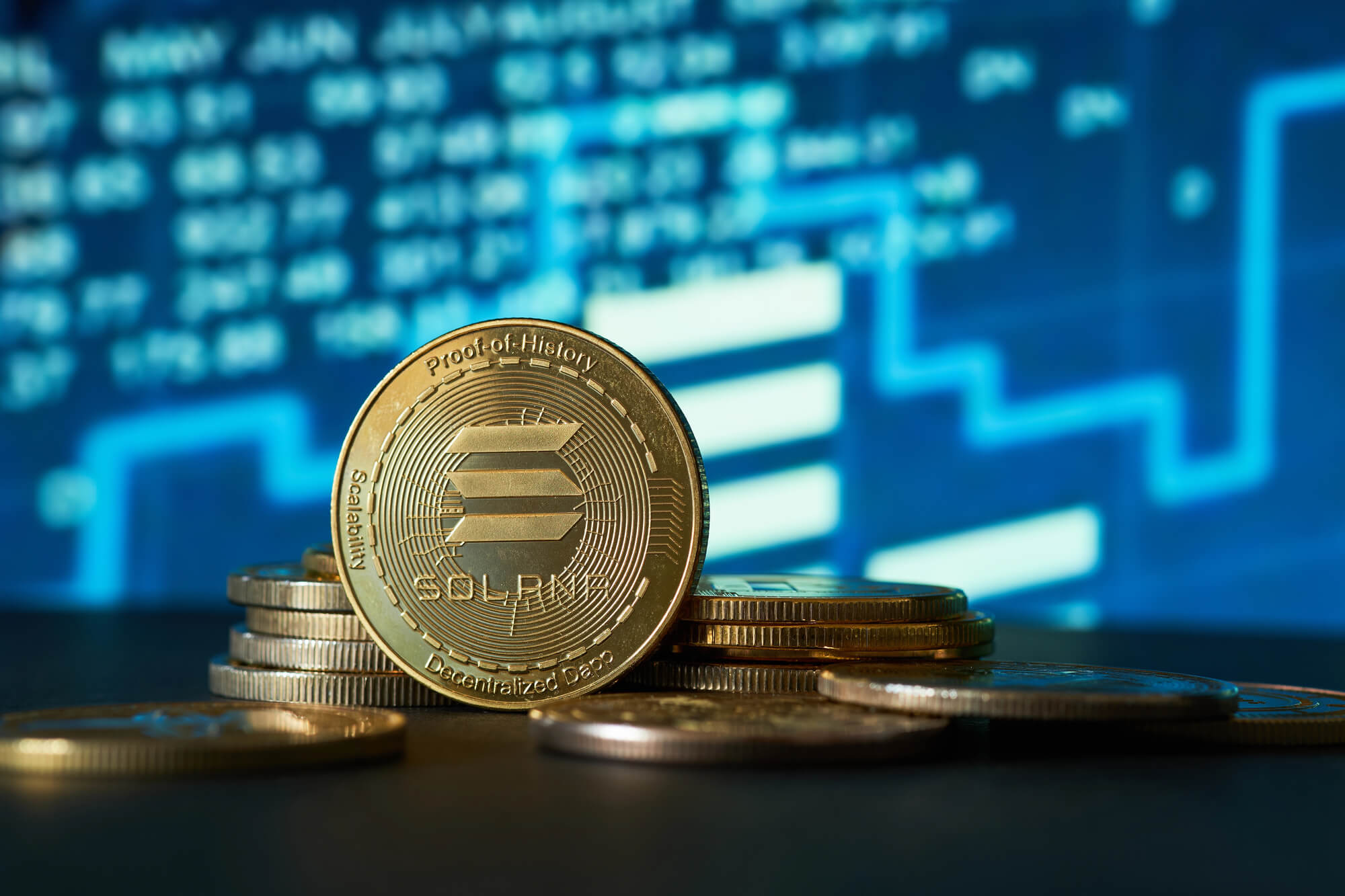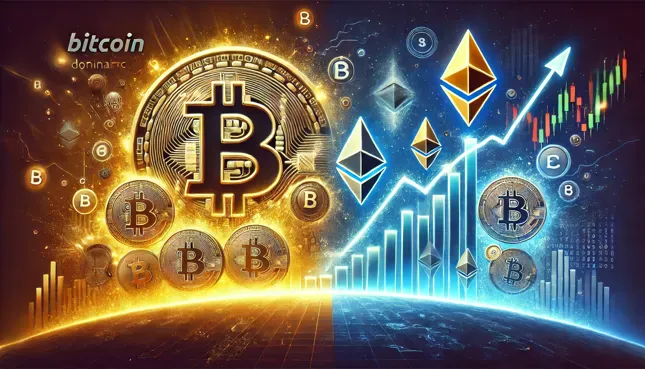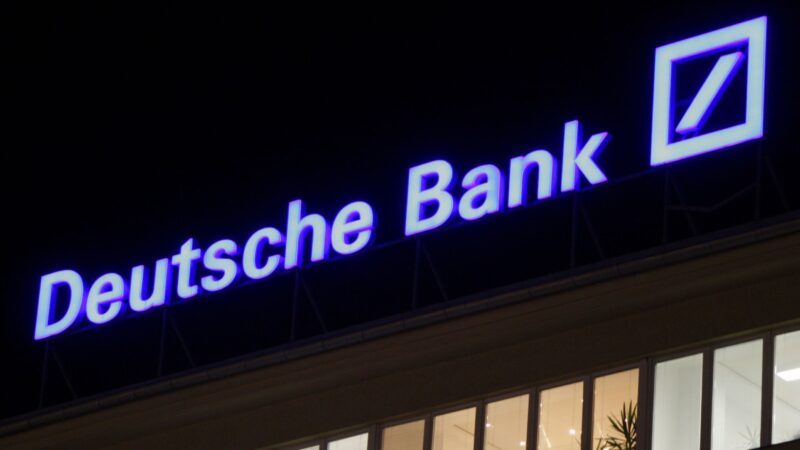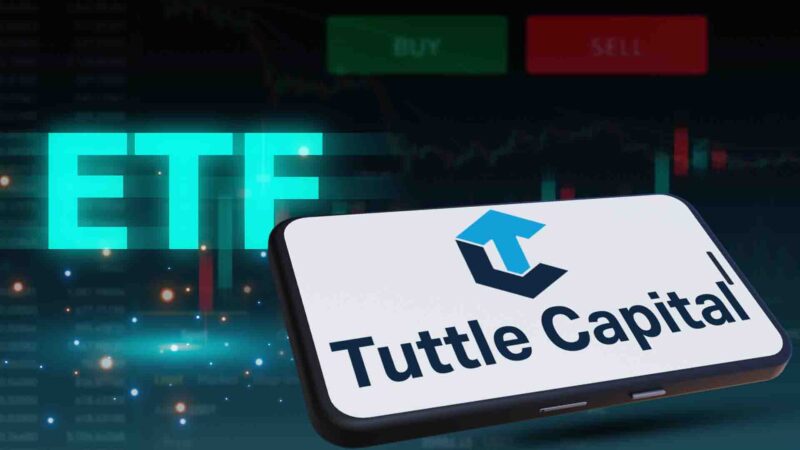How to evaluate Solana (Sol)

The evaluation of crypto assets is becoming increasingly sophisticated. In the past, prices were often driven by hype and narratives – today investors begin to apply more structured methods, similar to the traditional financial world in order to understand the actual value of these assets.
Building on the ideas of Greer and Furniske (influential voices in the investment world), we consider Solanas Token Sol as an investment – this means that it continues to generate economic value through real activity in the network. If networks like Solana grow into platforms that generate income, traditional evaluation methods are not only useful, but necessary.
This report applies this perspective on Solana-a platform that develops into a technology infrastructure company that drives the next generation of decentralized applications. It can now be analyzed, compared and evaluated like any other tech company. In the end, you will better understand what drives SOL's evaluation – and where the market may still misjudge its value.
Intrinsic evaluation: Solana as a generating sales company
At the center of Solana's assessment is his ability to achieve tangible and recurring economic income. Similar to a dividend -paying share, the network provides the validator value over two main sources:
- Network edition: New SOL are regularly made up and distributed as a reward for securing the network.
- Transaction fees: Every transaction on Solana is handled in Sol, with a part of the validators as protocol revenue.
These mechanisms move to the center of Solana's economic drive, drive activity and distribute the value. In 2024 alone, this led to $ 1.44 billion in rewards for validators. Since 2025 already exceeds this value, we apply a conservative growth forecast of 100 % compared to the previous year-taking into account changes such as SIMD-0096 (a Solana improvement document that suggests, validators of 100 % of the priority fees instead of 50/50 as before) and the normalization of on-chain activity. With the increasing use of applications, the income of the validators also increase.
In order to quantify this dynamic, we use a discounted-cash flow (DCF) model back-a method widespread in the stock markets to estimate the fair value of an asset based on expected future income.

Even under conservative assumptions, the results are remarkable: Our model indicates that Sol is clearly undervalued-with a potential upward potential of over 10 times at low discounts and more than 3 times at higher. Even if DCF models do not grasp every nuance of cryptodynamics, they offer a valuable perspective on Solanas growing cash flows. With an increasingly wider fee base, Solana's evaluation is increasingly no longer just on speculation, but on the actual economic performance.
Relative evaluation: How Solana cuts off compared to his competitors
Even if Solana's fundamental data is convincing in itself, evaluation is never carried out in a vacuum. In order to better understand the positioning, we compare Solana with other Layer 1 projects that perform similar functions-operate applications, secure values and serve as a fundamental blockchain infrastructure. These competitors include Ethereum, BNB Chain, Avalanche and Tone
We focus on two standardized key figures: course sales ratio (p/s) and price-profit ratio (P/F). Both are calculated on the basis of the fully diluted market capitalization in order to take into account the entire token edition-a decisive aspect in the crypto area, where token outputs can have significant influence on the assessment.
Solana is immediately noticeable. Its P/F ratio is only 165-by far the lowest value below the large Layer 1S. For comparison: Ethereum is 708, Avalanche is 1,828 and clay at over 2,000.

While the P/S ratio with 1,906 is somewhat higher, it is still significantly lower than with BNB Chain (5'413) and sound (4'398) and comparable to avalanche and Ethereum.

These depressed evaluation indicators provide central knowledge: Solana processes real on-chain activities and achieves robust fee income that reflects a real demand for block space. Even if not all fees remain with the protocol, the pure throughput shows the economic vitality of the network.

It is even more remarkable that these cheap key figures are not a temporary phenomenon. Historically speaking, Solana is consistently one of the most attractive rated Layer 1S in relation to activity and sales. The market continues to underestimate the benefit of the network.

Since more and more token offers go live and serve real applications-from depin to AI to global payments-not only can it be expected to further compress the evaluation indicators-it is already taking place. Both P/S and P/F conditions have decreased continuously in recent years- not due to falling courses, but through increasing use and better monetization. This persistent trend signals a broader change: the market begins to recognize Solana's increasing role as a powerful, sales -generating platform – with even more potential for new ratings with growing acceptance.

TVL efficiency: unlock economic use
While P/S and P/F indicators record the sales basis, we also rate how efficiently a network uses its capital- based on the relationship between Total Value Locked (TVL) to the market capitalization and the decentralized trading volume (DEX) Pro TVL. The Total Value Locked (TVL) serves as an equivalent to managed assets in the crypto sector and is particularly for DeFi-Sökosysteme relevant. A higher TVL/market capitalization ratio often indicates greater investor trust and higher activity in the ecosystem. Ethereum is clearly ahead here-thanks to its extensive defi stack.

Solana, on the other hand, is more in the middle of the field. But that does not mean low usability. Many of the most popular applications on Solana do not require significantly bound capital. In the broader economic context, the ratio of TVL to market capitalization at Solana remains healthy. The trend is more important than the absolute level: since the FTX collapse at the end of 2022, Solanas TVL/MC-Ratio has been continuously increasing-a sign of new trust and increased capital loyalty to Solanas Defi ecosystem.

But maybe even more meaningful than the bound capital is the question of how actively this capital is used. By comparing the decentralized commercial volume (Dex) over twelve months per USD TVL, we measure the economic throughput per capital unit – and here Solana dominates. This measure of efficiency underlines Solana's true strength: it's not just about attracting capital – but using it productively. The result: above -average economic activity with slimmer capital foundation. This is how Solana positions itself as a network for real use – thanks to high scalability and low friction.

Market size: Where is Solana compared to the competition?
No individual key figure tells the whole story. But if you look at them in the interaction, there is a convincing picture: across all evaluation metrics-price-to-fees, price-to-turnover, TVL efficiency and Dex volume per TVL dollar-is a central pattern: Solana generates real economic activity, but the network is still significantly undervalued compared to its competitors.
Crypto remains a developing investment class, and Solana – despite his current upswing – is still facing challenges that could affect its development.
- Competition: Growing competition through efficient Layer 2 solutions such as BASE and new Layer 1 blockchains such as SUI and Ton is a challenge for Solana. As an answer to this, Solana “Firedancer”-a second validator client, which is intended to increase the transaction capacity to over 1 million transactions per second and strengthen resilience in the execution.
- Validator centralization: Solana has more validators than most blockchains, but due to expensive hardware, the network remains less decentralized than Ethereum. To increase participation, the Solana Foundation simplifies onboarding through subsidies and a revised delegation program.
- Reputation risk: The concentration of speculative activities-especially through memoins that make up a large part of the volume-represents a problem. To tackle this, ecosystem funds are increasingly supporting projects with real benefits, especially in the area of decentralized physical infrastructure networks (depin) and artificial intelligence (AI).
- Lack of client diversity: The Solana Validator Ecosystem has so far had too low client variety. The introduction of alternative clients such as Firedancer aims to reduce single points of failure and increase network reliability.
- Inflation worries: The dynamics around inflation, especially in connection with SIMD-0096. Dynamic emission models examine ongoing governance proposals to ensure long-term sustainable tokenomics.
Despite these challenges, Solanas are further expanded. The upward potential is particularly evident in comparison to Ethereum.
Solana is currently being traded with around a third of Ethereum's market capitalization – although the gap closes quickly when using and economic output. Even if a complete “flipping ring” is not yet imminent, Solana's development makes a significant approach appear realistic.
If Solana only reached 50% of Ethereum's market capitalization, the implied price would increase to $ 316 – almost a doubling compared to today. At full parity, the price target was over 630. These are not price forecasts, but guidelines – useful indications to develop a better understanding of how the market could develop with increasing scaling of Solana. With a clear implementation, growing acceptance and proven traction across various industries, Solana is increasingly positioning itself not only as an Ethereum alternative, but as a fundamental pillar of the next generation of crypto economy.






